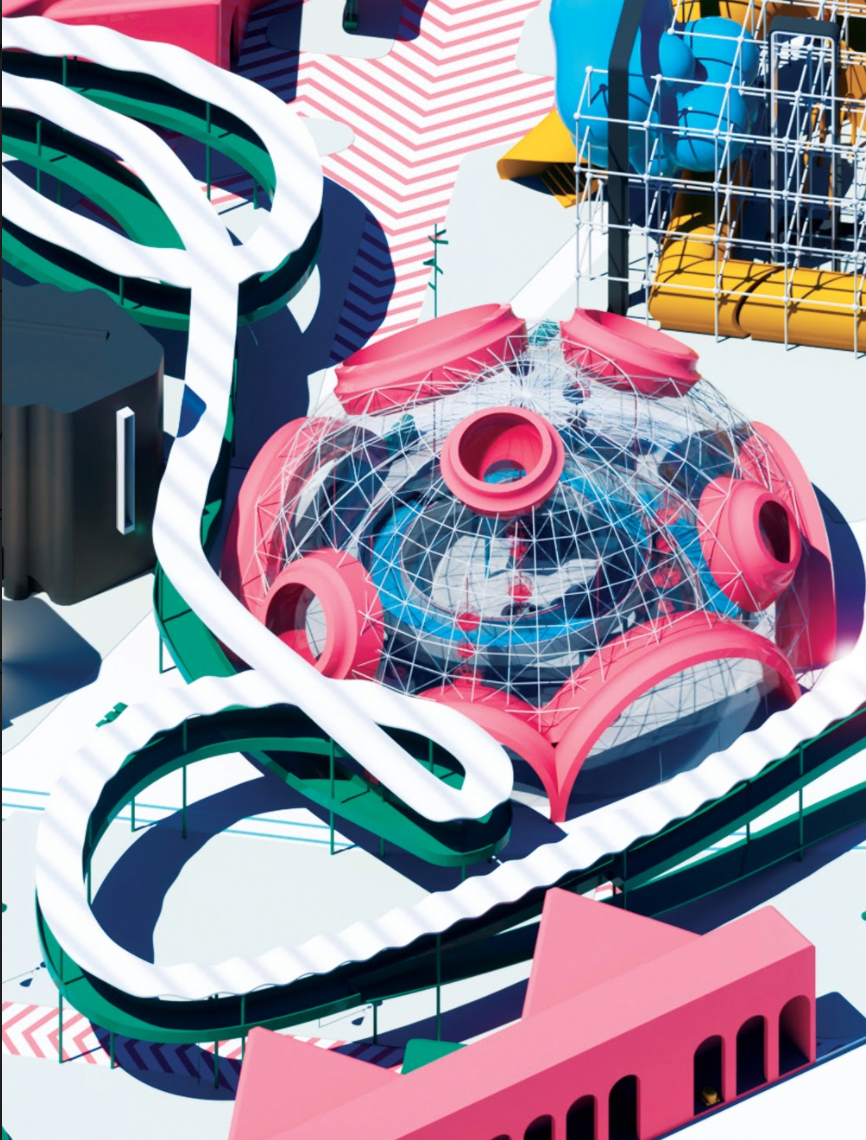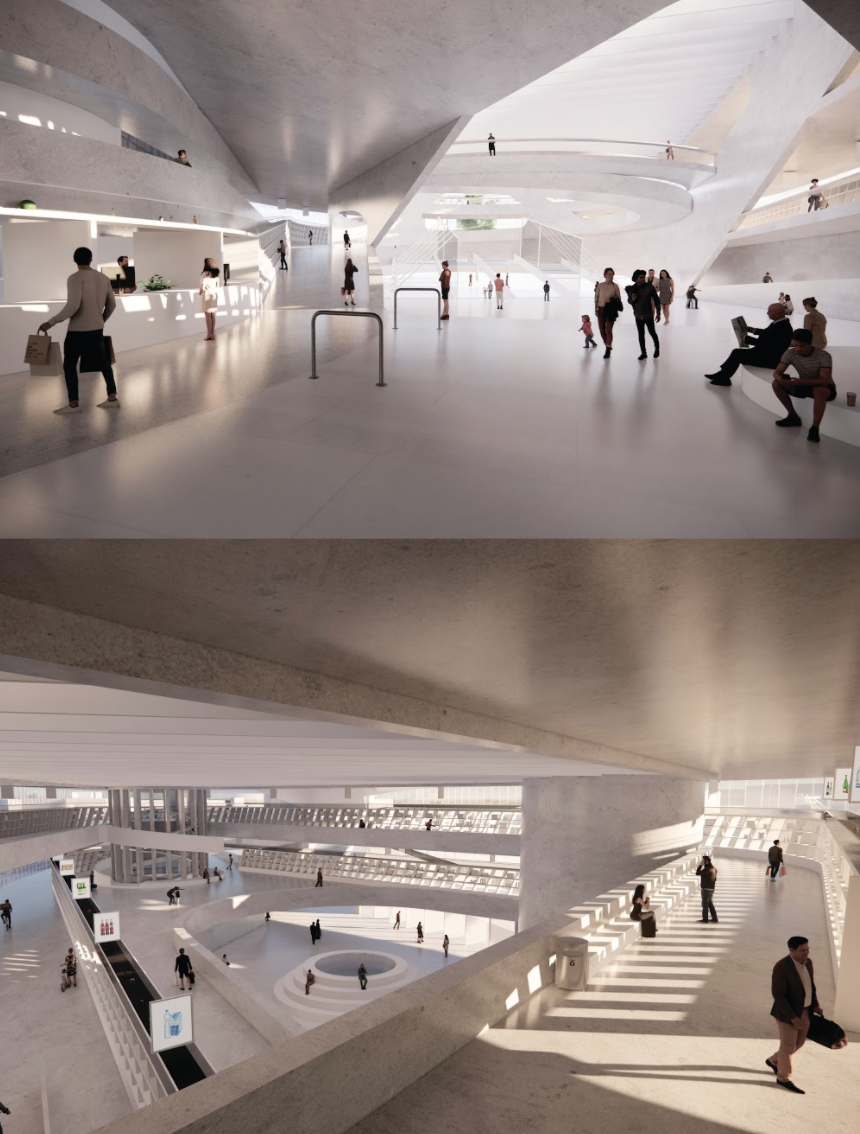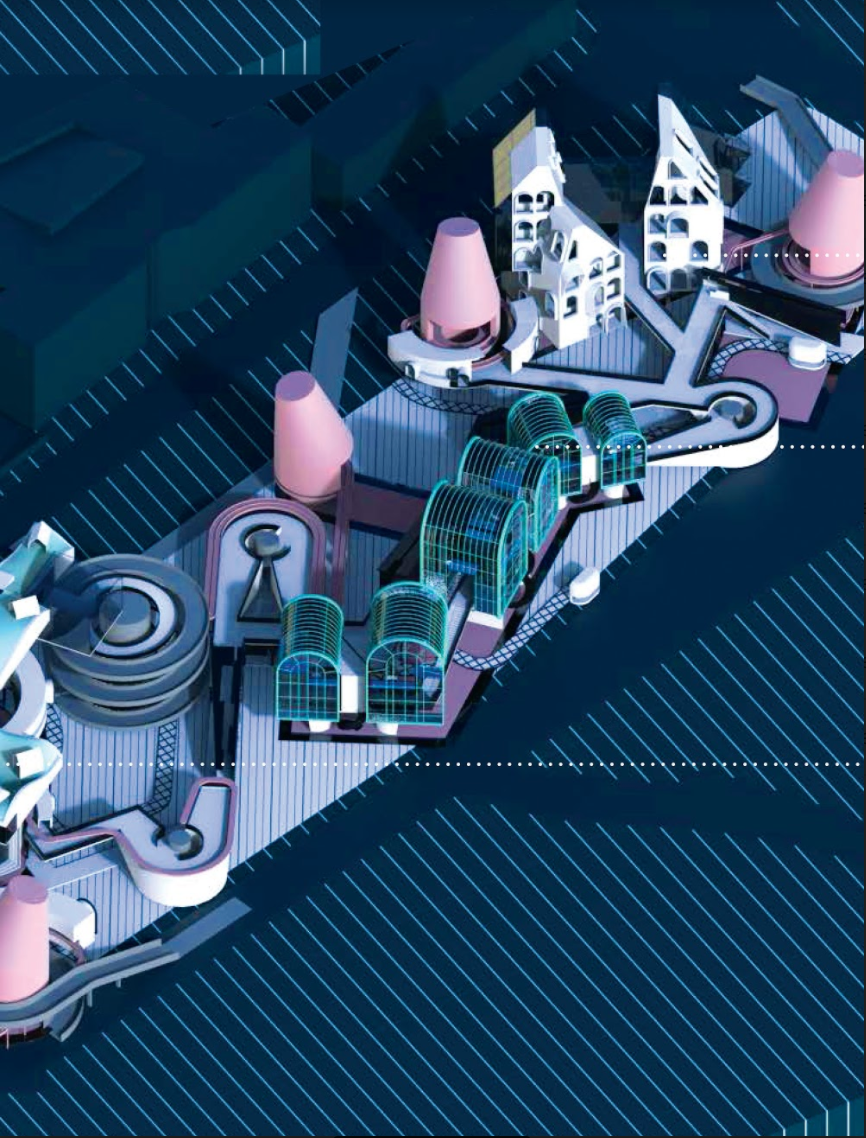The Transformation of Spatial Design and Architecture as a Result of Autonomous Mobility on the Scale of Individual Buildings and Interior Spaces
Today, autonomous mobility, self-driving cars, and new navigation scenarios are nothing new and already quite tangible in an imminent future. Many cities have been testing this form of urban mobility in prototype phases since years. Similarly, the use of autonomous and intelligent machines is integral in industrial facilities and logistic centres and part of the daily workflow.
In the 2019/20 academic year, Studio Lynn explored the impacts these technological innovations can have in spatial and architectural terms. Not just on an urban level, but also at the scale of individual buildings and their organisation, form, navigation, and experience, the task was to investigate how this new architecture transforms when autonomous movement and apparatuses become part of the architecture and inner life of buildings. Aid transport robots on wheels accompany visitors through the designs of the students, who are developing a new market in Tallinn, Estonia, for which they conceptualize movement patterns and mobility processes.
New mobility concepts for cities and traditional accessibility strategies for buildings merge into one. For instance, indoor bike paths are conceived as part of a shopping experience and dissolve the borders between building and city.
Prof. Greg Lynn, Institut für Architektur
Students Lila Bobrowicz, Jonas Maderstorfer, Ferdinand Rubach, MWM, WiSe 19/20
Students Anastasia Shesterikova, New Market, WiSe 19/20



